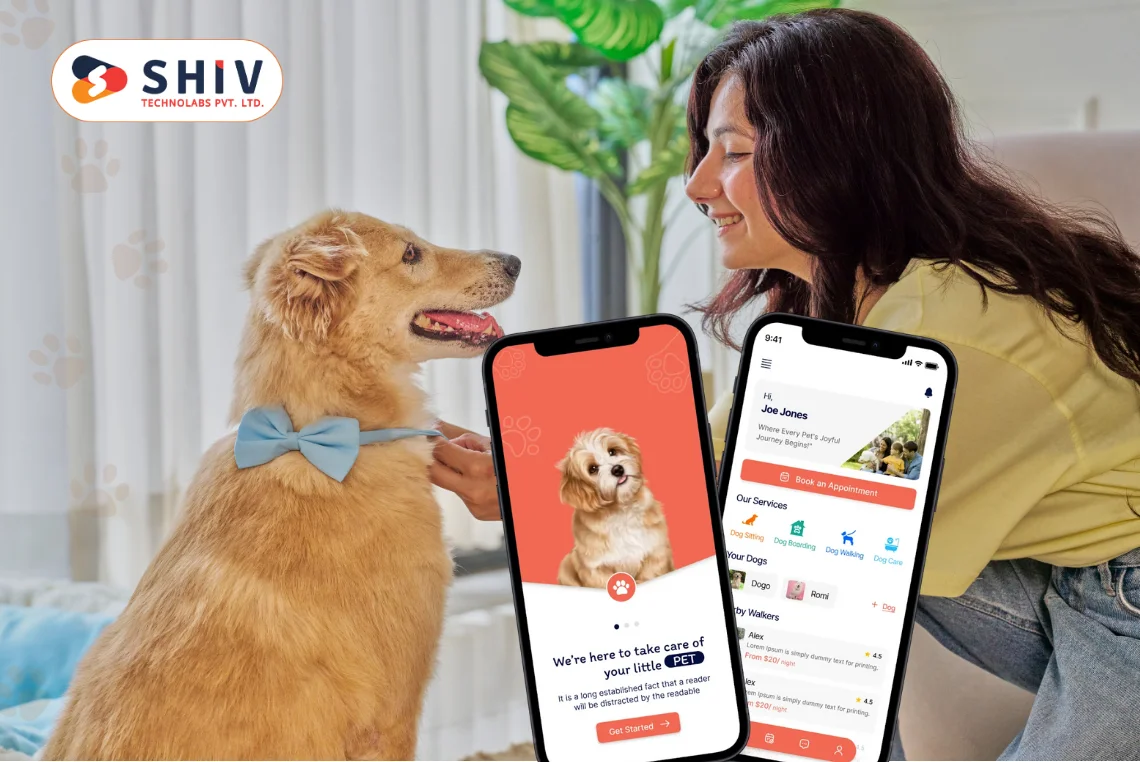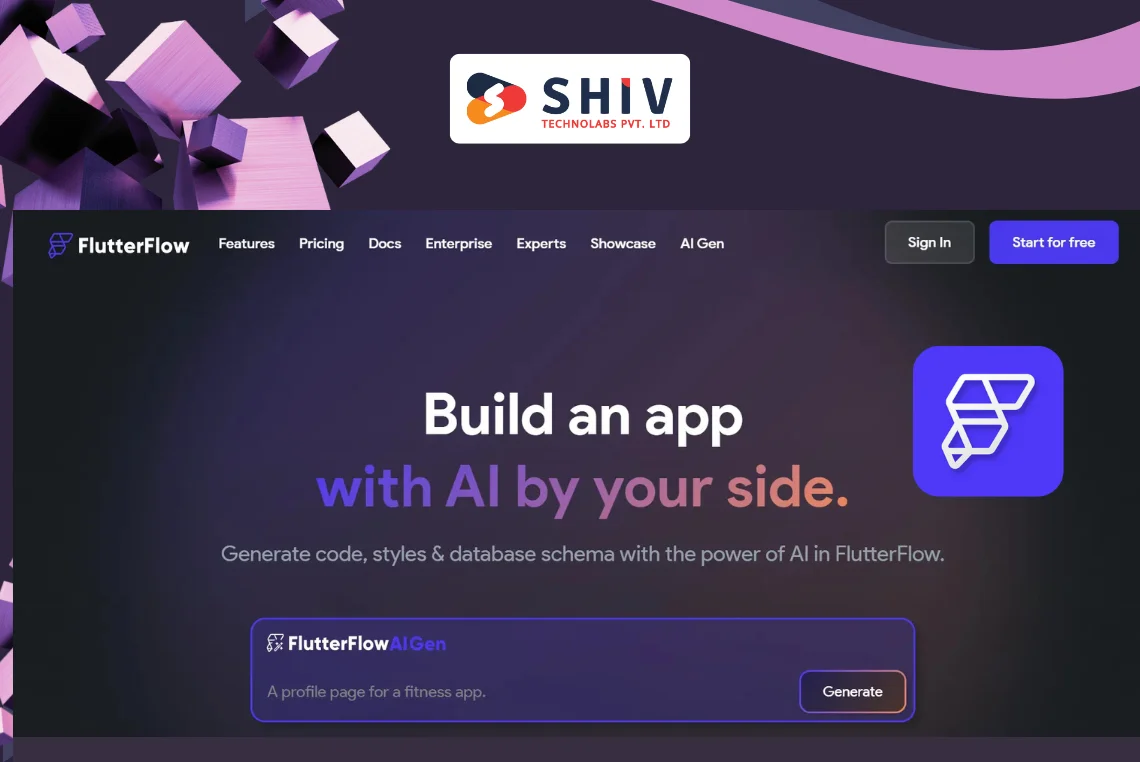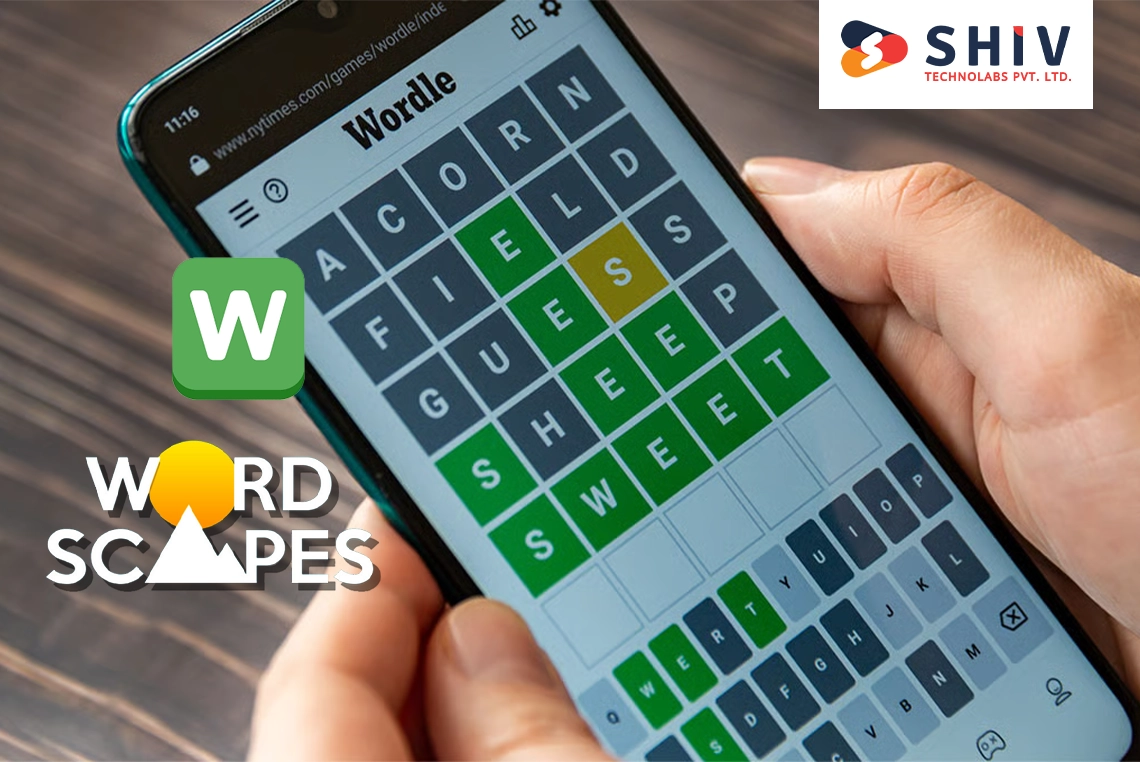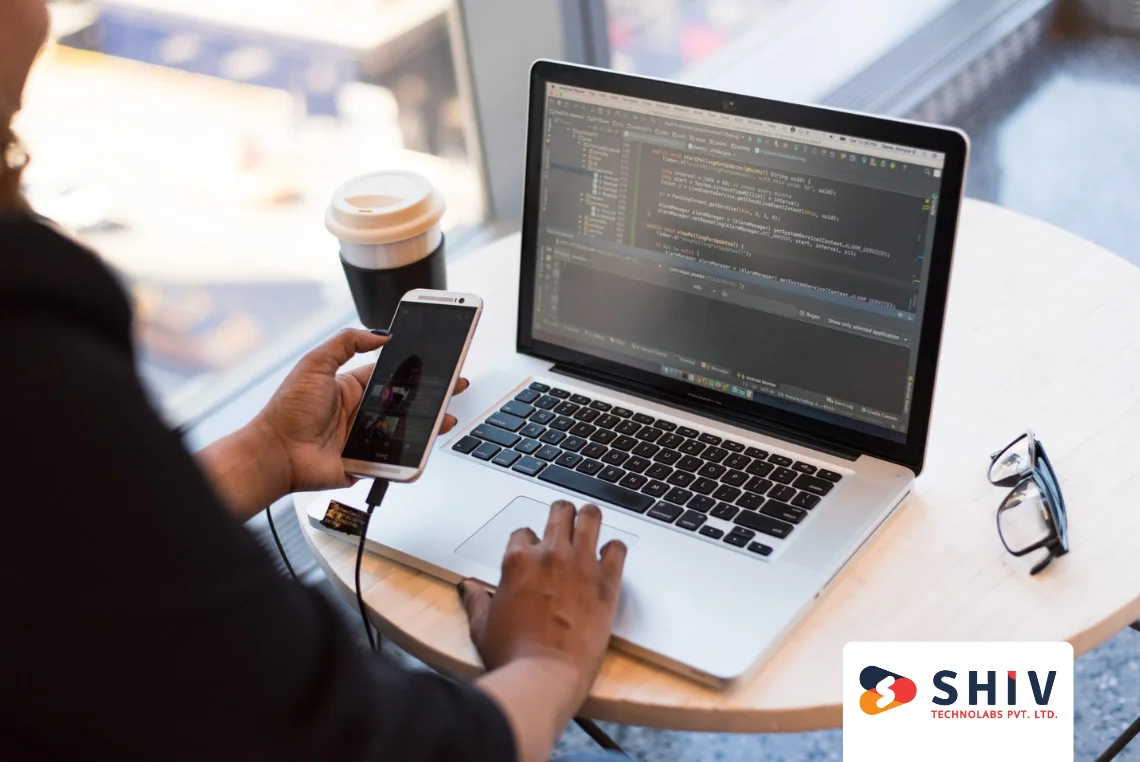Table of Contents
Python IoT projects are gaining attention due to their low setup costs, flexibility, and simple coding structure. Whether you’re managing devices in agriculture or tracking assets in logistics, Python makes it easy to build and manage connected systems on a budget.
In this guide, we’ll explain how to start building Python IoT solutions, the tools you can use, and how to manage costs effectively.
Why Python Is Ideal for IoT Projects
Python IoT development stands out because it works smoothly on low-power hardware and offers ready-to-use libraries. You can write less code, test quickly, and reuse your logic across multiple devices.
# Why choose Python for IoT?
- Works well with microcontrollers like Raspberry Pi and ESP32
- Compatible with sensor-based systems
- Fast to test, easy to debug
- Flexible for both small prototypes and full rollouts
The Python IoT approach also fits well with cloud platforms and data visualization tools.
Top Tools for Python IoT Projects
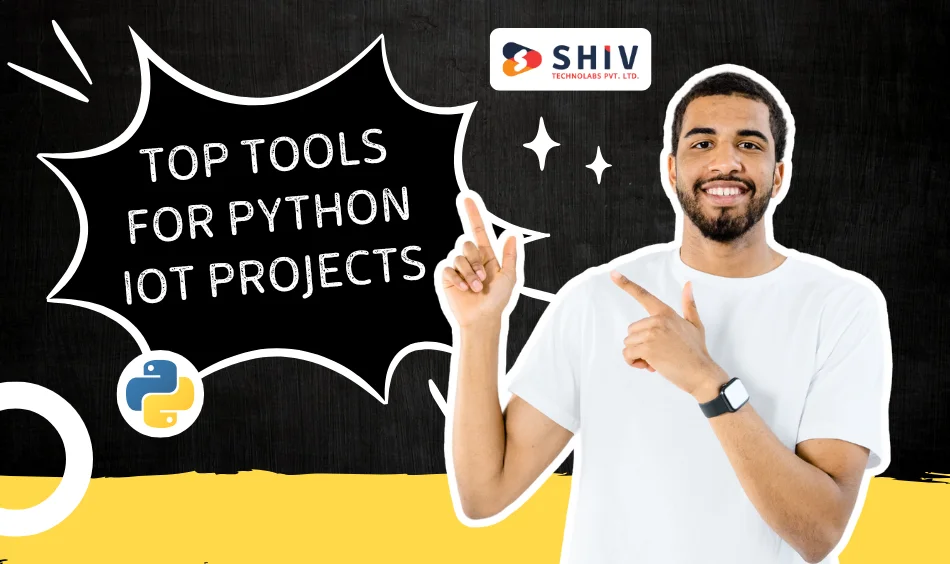
Using the right stack can help you save time and avoid unnecessary complexity. Below are some of the best tools for Python IoT apps:
- Raspberry Pi – An Affordable single-board computer that runs Python and connects to sensors
- MicroPython – A compact version of Python for boards like ESP8266 and ESP32
- MQTT – Lightweight protocol for sending data between devices in real time
- Flask – Build dashboards and control interfaces with this lightweight Python framework
- GPIO Zero – Lets you control Raspberry Pi’s input/output pins easily
All these tools are free, open-source, and widely adopted in Python IoT development.
How to Build a Python IoT System (Step by Step)
You can start a working Python IoT system in just a few steps. Here’s how:
# 1. Pick Affordable Hardware
Use Raspberry Pi or ESP32, depending on the number of sensors and processing needs.
# 2. Set Up Python and Install Libraries
Prepare your environment using:
paho-mqttfor device communicationFlaskfor dashboardsGPIO ZeroorAdafruitlibraries for hardware interaction
# 3. Connect Sensors and Devices
Add motion, temperature, or light sensors to collect real-time data.
# 4. Enable Communication Between Devices
Use MQTT to send and receive messages. It’s reliable and doesn’t consume much bandwidth.
# 5. Create a Dashboard (Optional)
Flask helps you build a simple interface to monitor your device or control sensors.
# 6. Store and Analyze Data
Use SQLite for local storage or push data to cloud services. Analyze it using Pandas or Matplotlib.
How to Reduce Python IoT Development Costs
Controlling development costs is easy if you follow a focused plan.
- Use open-source tools and libraries
- Avoid extra features in the first version
- Start with one board and one sensor
- Use free tiers of cloud services for testing
- Reuse code across devices and functions
Python IoT apps often cost under $100 to get started, depending on your hardware.
Where Python IoT Is Being Used
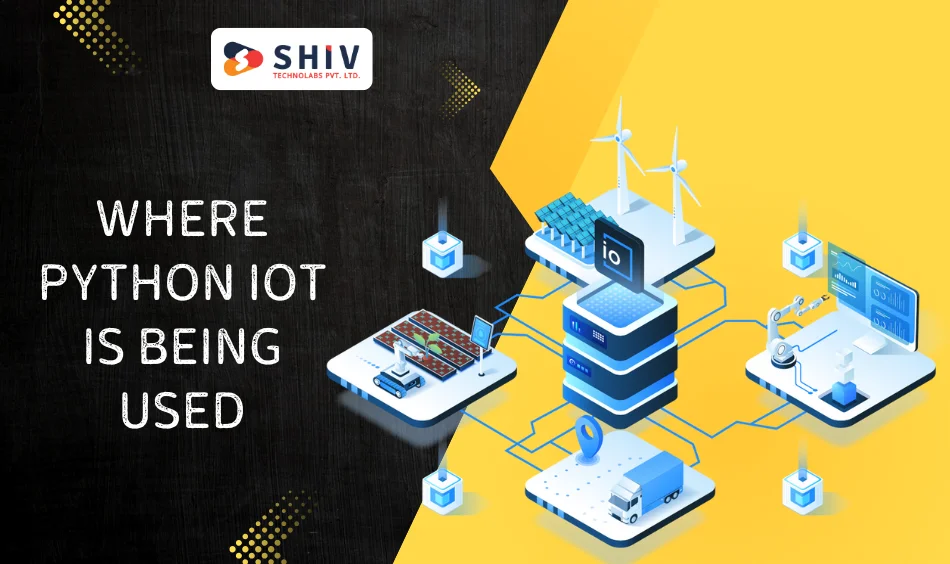
Python solutions with IoT are being used in industries where real-time monitoring, tracking, and automation are key.
Popular use cases include:
- Smart Farming – Soil and climate monitoring
- Healthcare – Vital tracking using wearables
- Logistics – Package and vehicle monitoring
- Smart Homes – Lighting, heating, and appliance control
- Industrial Automation – Machine condition monitoring
These sectors prefer Python IoT because it is cost-efficient and quick to implement.
Challenges to Keep in Mind
Even though Python IoT projects are easier to build, some challenges may arise:
- Some boards may have limited performance for large-scale tasks
- Power consumption can be high with continuous processing
- Secure communication setup needs careful planning
- Real-time parallel tasks may be limited in Python
Choosing the right architecture and testing early helps avoid these issues.
Why Shiv Technolabs for Python IoT Solutions?
At Shiv Technolabs, we help startups and businesses build smart systems with Python IoT strategies. Our solutions are focused on keeping costs low while delivering reliable performance.
We offer:
- End-to-end device setup using Python
- MQTT-based communication systems
- Data dashboards with real-time insights
- Support for Raspberry Pi, ESP32, and other boards
- Cloud integrations with free-tier services
From prototype to deployment, we handle every stage with practical planning and smooth execution.
Conclusion
Python IoT projects let you build smart, connected systems with minimal resources. The setup is simple, the tools are free, and the results are scalable. Whether you’re automating your home or creating tools for farms or factories, Python helps you do more with less.
If you’re planning your next Python IoT project, contact Shiv Technolabs.





